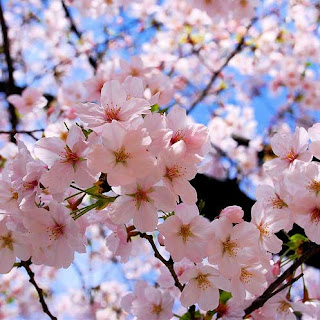Yakuza long history started about in 1612, when Shogun Tokugawa shogun in power and get rid of before.
Substitution of this result in approximately 500,000 people who previously called hatomo samurai-yakko (waiter shogun) to lose the master, or referred to as the ronin.
The problem gets complicated, because after a successful roll of the ronin, the members of this machi-yokko they even leave the profession early and choose to be thugs. This is compounded by interference Shogun participated in maintaining the machi-yokko this.
There are two classes of the machi-yokko professions, namely the bakuto (gamblers) and tekiya (traders). His very name of the merchant, but in reality, the tekiya is like cheating and blackmailing a fellow trader.
Tag :
History
Substitution of this result in approximately 500,000 people who previously called hatomo samurai-yakko (waiter shogun) to lose the master, or referred to as the ronin.
The problem gets complicated, because after a successful roll of the ronin, the members of this machi-yokko they even leave the profession early and choose to be thugs. This is compounded by interference Shogun participated in maintaining the machi-yokko this.
There are two classes of the machi-yokko professions, namely the bakuto (gamblers) and tekiya (traders). His very name of the merchant, but in reality, the tekiya is like cheating and blackmailing a fellow trader.


